Buckthorn Bark Dye
Natyraldye.us crafts its Buckthorn Bark Dye from the bark of Rhamnus frangula, commonly known as alder buckthorn. This shrub, native to most of Europe and western Asia, has served as a natural dye source for thousands of years.
The bark contains a high concentration of emodin—an anthraquinone compound—and a variety of tannins. Emodin yields warm yellow tones on natural fibers and reacts sensitively to pH changes, shifting toward red in alkaline baths above pH 9. For medium shades, apply at 10% weight-of-fabric. Use no heat to achieve clearer yellows and pinks, or apply heat to bring out deeper, browner hues. Made in France.
Background on Buckthorn Bark Dye
Rhamnus frangula also known as Frangula alnus, alder buckthorn, glossy buckthorn, or breaking buckthorn grows widely across Europe and western Asia. Unlike many other “buckthorns,” this plant doesn’t actually have thorns.
The name frangula comes from the Latin word frangere, meaning “to break,” which refers to the brittle nature of its wood. In Dutch, it’s called vuilboom (foul tree), a name linked either to the unpleasant odor of its fresh bark or more colorfully to its powerful laxative effects.
During the 16th century, people knew alder buckthorn mainly for its intense medicinal properties. The fresh bark was notorious for causing both vomiting and diarrhea. According to popular belief, the direction in which you peeled the bark mattered: peel from top to bottom to trigger vomiting; peel from bottom to top to unleash the laxative effect.
Beyond medicine, alder buckthorn also played a role in warfare. Its wood produced high-quality charcoal with very low ash content perfect for making gunpowder. In Germany, the tree earned the nickname Pulverholz, or “powder wood,” for this very reason.
Growing up in the Netherlands, you could spot this shrub everywhere in forests, along roadsides, almost without noticing it. It was just part of the scenery. Like so many things from childhood, it hid its history in plain sight. I had no idea back then that this everyday tree once fueled cannons and cleared out stomachs with equal enthusiasm.
Safety Precautions for Buckthorn Bark Dye
- Do not ingest. Use this product only for textile dyeing—not as an herbal supplement.
- Avoid contact with eyes. If the extract gets into your eyes, rinse immediately with cool water.
- Do not use as a cosmetic additive. Keep it away from skin and hair.
- Open the container carefully to prevent spills or airborne dust.
- Clean up spills immediately with a paper towel or disposable rag.
- Use only pots, containers, spoons, tongs, thermometers, and other utensils dedicated to dyeing. Never use tools intended for food preparation.
- Keep Buckthorn Bark Dye, as well as all dye baths and mordant solutions, away from children and pets. Always supervise use with an adult present.
- Follow all instructions carefully. We accept no liability for misuse or accidental staining of clothing, surfaces, or other property. Use responsibly and only as directed.
Recommended Supplies for Buckthorn Bark Dye
- Dye pot: Use a large, non-reactive steel pot that allows fibers to move freely and lets the dye liquid circulate evenly.
- Metal tongs: Stir and remove fabric with a dedicated pair of metal tongs. Do not reuse them for food.
- Rubber gloves: Protect your hands from staining and irritation by wearing rubber gloves when handling mordanted or freshly dyed fibers.
- Candy thermometer: Clip a candy thermometer to the side of your dye pot to monitor and control the temperature during dyeing.
- Scale: Weigh fiber, mordant, and dyestuff accurately with a digital scale to ensure consistent results.
- Alum mordant: Use potassium aluminum sulfate (alum), available in the spice aisle, to prepare fibers for dyeing.
- Washing soda: Use washing soda (soda ash) to raise the pH of the dye bath and alter the color of pH-sensitive dyes like buckthorn bark.
Mordanting with Alum
You can apply Buckthorn Bark Dye directly to wool, but without a mordant, the color will fade faster. For the best lightfast results, pre-mordant your fibers with alum. Always start with thoroughly scoured (cleaned) fibers—any residual oils or dirt will cause uneven dyeing.
For Wool and Other Protein Fibers (Wool, Alpaca, etc.):
- Weigh your dry fibers. Multiply that weight by 0.10 to get the amount of alum, and by 0.11 for the cream of tartar.
- Fill your dye pot with hot tap water, leaving enough space for the fiber to move freely.
- Add cream of tartar. Weigh it out and stir it into the pot with a spoon or tongs until fully dissolved.
- Add alum. Weigh and stir until it dissolves completely.
- Add fibers gently to the pot, making sure they’re fully submerged.
- Heat the bath to 180°F and hold it there for 1 hour. Use a candy thermometer for accuracy. If steam rises but the water doesn’t bubble, you’re at the right temperature. Lower the heat if bubbling starts.
- Stir every 15–20 minutes to ensure even mordanting.
- After 1 hour, turn off the heat and let the pot cool to room temperature. You can either rinse immediately or leave the fibers to steep overnight—this helps when working with thick yarn or dense fabrics.
- To rinse: Put on gloves, squeeze excess mordant solution back into the pot, and rinse fibers thoroughly in lukewarm water.
- Set fibers aside until ready to dye. Always keep mordanted fibers away from children and pets.
- Dispose of used mordant solution according to local environmental guidelines.
For Silk:
- Mordant with 15% alum. Omit the cream of tartar.
- Follow the same steps as for wool, adjusting the alum percentage.
For Cellulose Fibers (Cotton, Linen, etc.):
Buckthorn Bark Dye gives light to medium results on cotton. For best color and fastness, pre-treat the fiber with a tannin and then mordant it.
1. Scour the Cotton:
- Fill a dye pot with water.
- Add 1 tsp of soda ash and 1 drop of dish soap.
- Add the cotton and heat to 180–190°F for one hour, stirring occasionally.
- Remove from heat, let it cool, then rinse and wring out thoroughly.
2. Tannin Treatment (Using Sumac Extract):
- Fill your pot with just enough hot water for the cotton to move freely.
- Dissolve 20% WOF (weight-of-fabric) Sumac Extract into the water.
- Add the cotton, heat to 180–190°F, and hold for one hour.
- Remove from heat and let cool to room temperature. For best results, let it steep overnight.
- Once cool, squeeze out the excess liquid while wearing gloves. Do not rinse.
- For even stronger results, let the cotton dry completely before mordanting.
3. Mordant with Alum:
Choose one of the following options:
- Option A: 20% WOF alum + 5% soda ash (washing soda)
- Option B: 20% WOF aluminum lactate
- Prepare the mordant bath with one of the options above.
- Heat to 150–160°F, then add the cotton.
- Raise the temperature to 190°F and hold for one hour, stirring occasionally.
- After an hour, remove from heat and allow to cool.
- Once safe to handle, rinse thoroughly in lukewarm water.
Recipe: Golden Brown
Buckthorn Bark Dye contains both a vivid yellow pigment and a range of brownish tannins. When you apply heat during dyeing, the tannins develop and bond to the fiber, blending with the yellow pigment to create a rich, warm golden brown. If you want a clearer yellow instead, skip the heat and follow the next recipe.
This method works beautifully on wool, silk satin, and eri silk, producing earthy golden brown tones.
Instructions
- Fill your dye pot with enough warm water to allow your fibers to move freely.
- Measure out 10% WOF (weight of fabric) Buckthorn Bark Extract. Add it to the dye pot and stir thoroughly until fully dissolved.
- Add your alum-mordanted fibers to the dye bath.
- Heat the bath:
- Raise the temperature to 180°F for silk
- Raise the temperature to 190–200°F for wool or cotton
- Maintain this temperature for 1 hour, stirring occasionally to ensure even color.
- After 1 hour, turn off the heat and let the fibers cool completely in the dye bath.
- Remove the fibers using metal tongs and rinse well in lukewarm water.
- Hang to dry in the shade to help the color set.
- For a final rinse, use a pH-neutral detergent like Synthrapol to wash out any loose dye. Follow the detergent manufacturer’s directions carefully.
- Dry completely before handling or storing the dyed fibers.
This process creates warm golden browns that are especially rich on natural fibers like wool and silk.
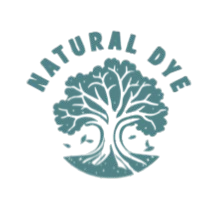
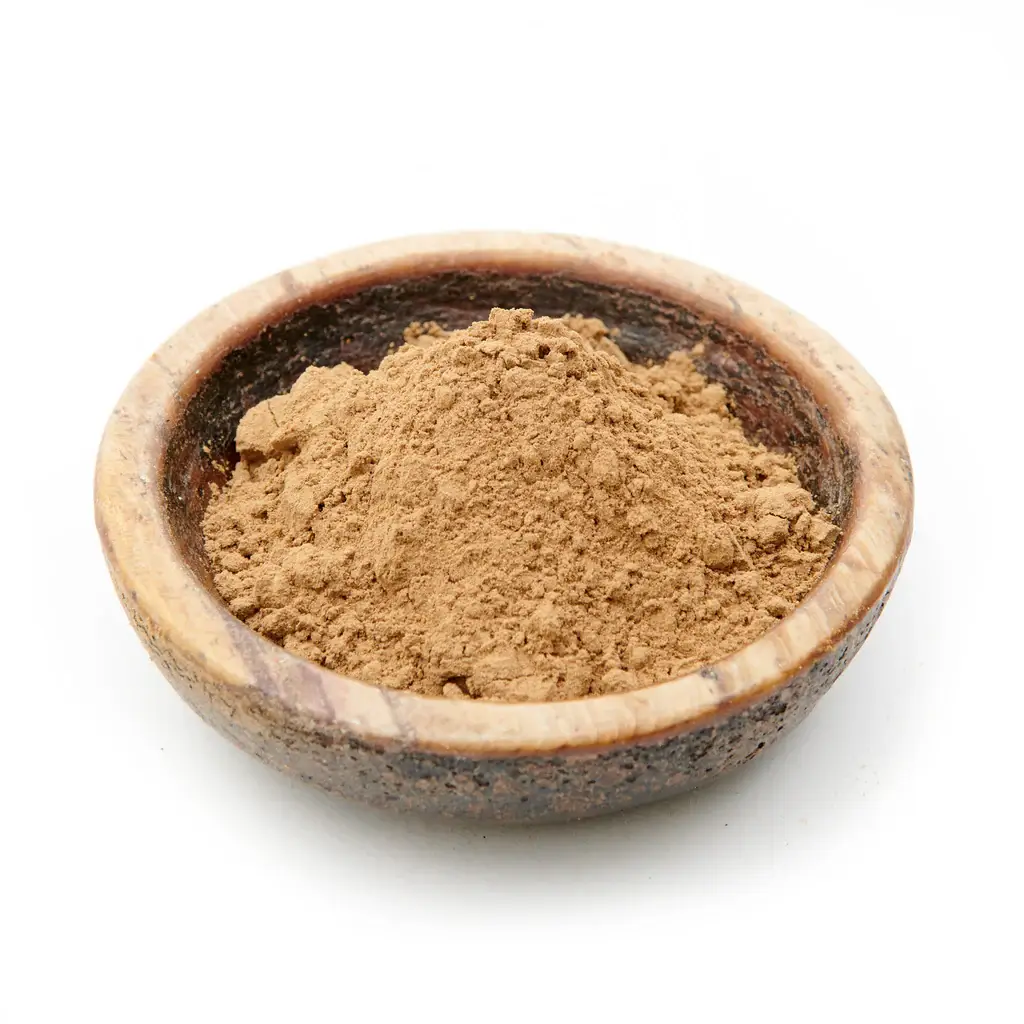
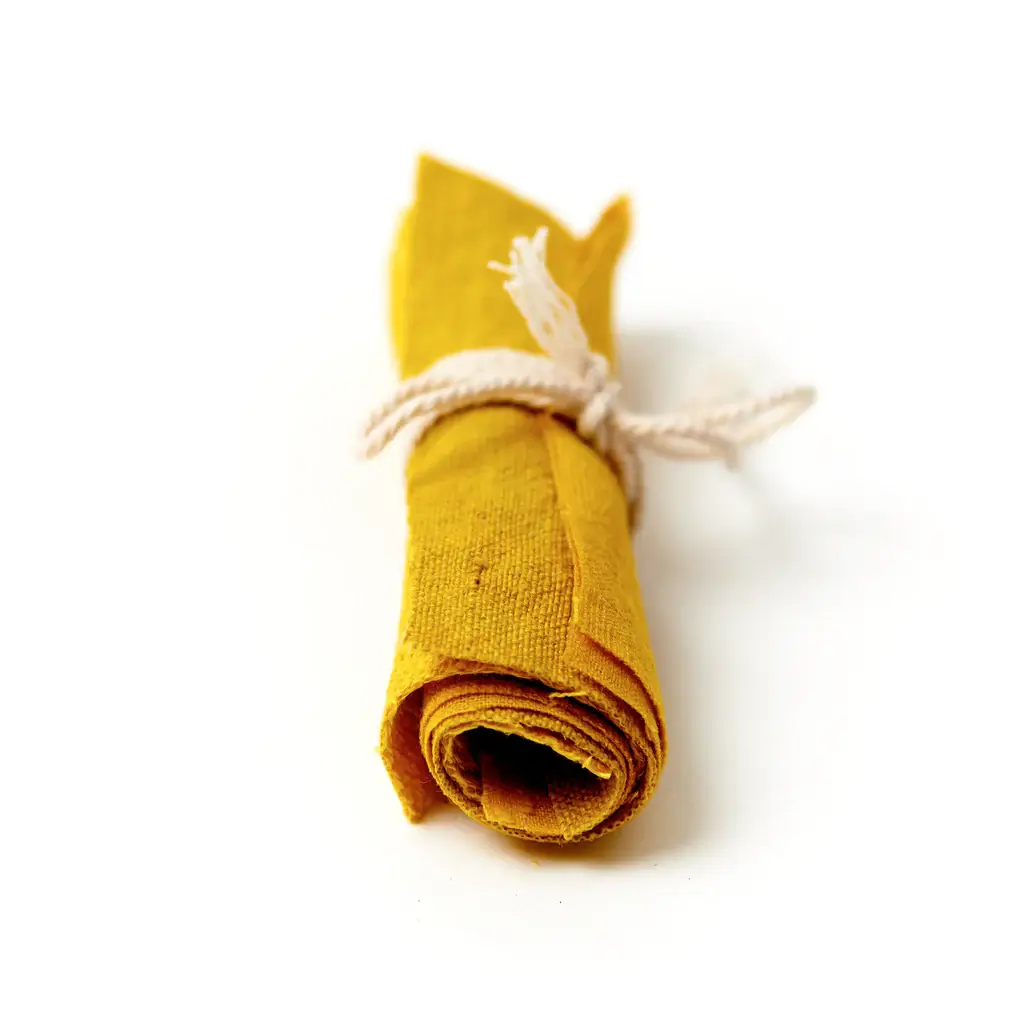
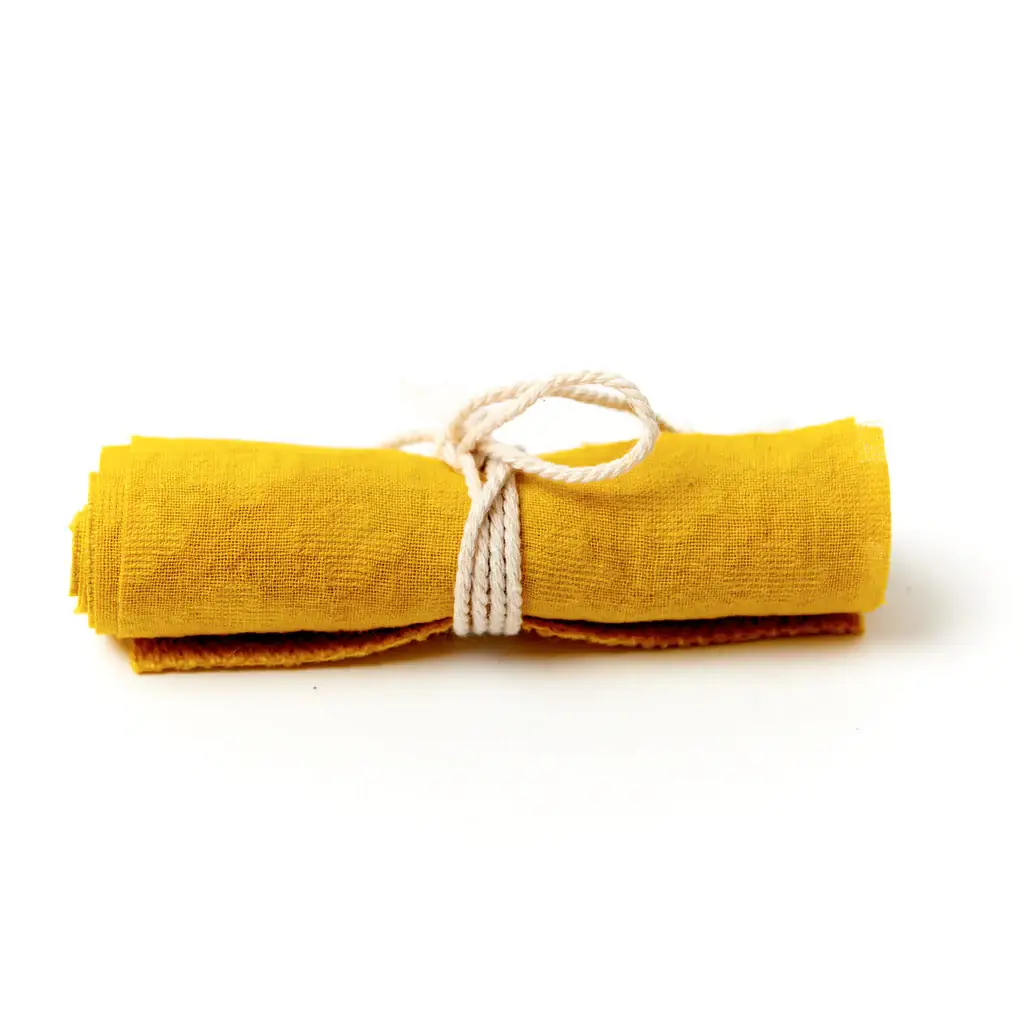
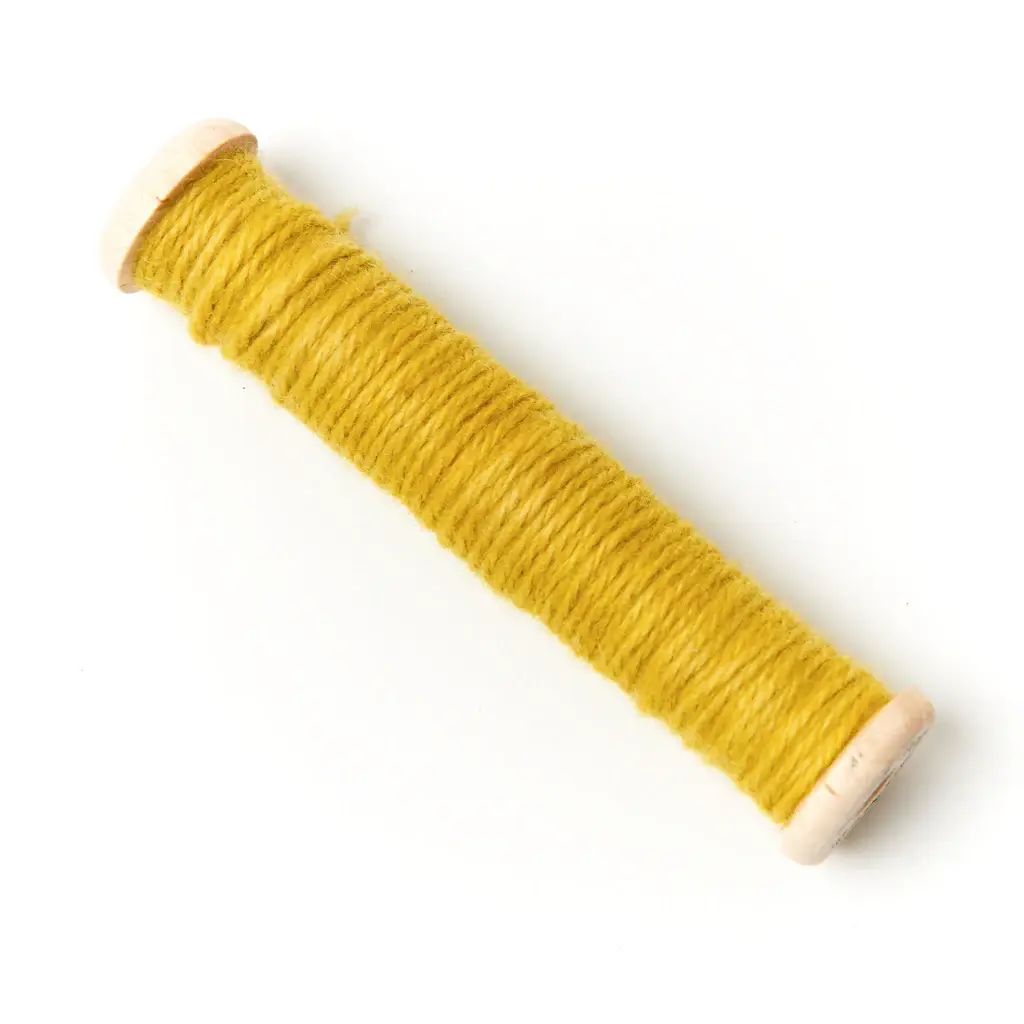
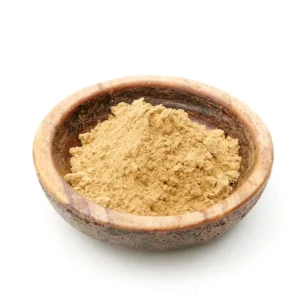
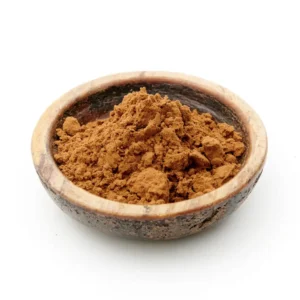
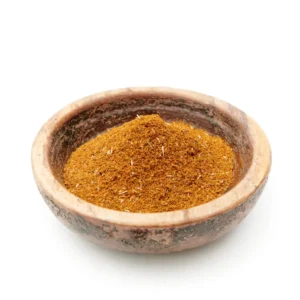
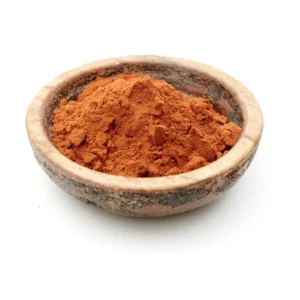
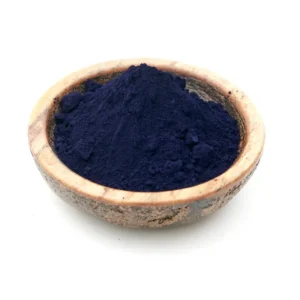

Reviews
There are no reviews yet.